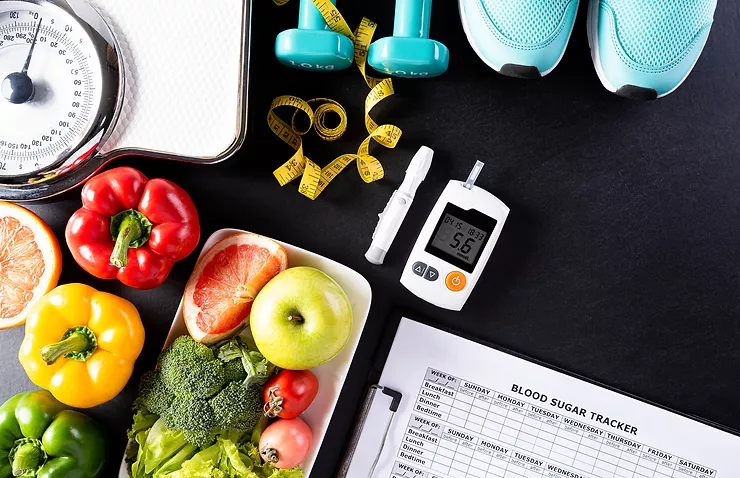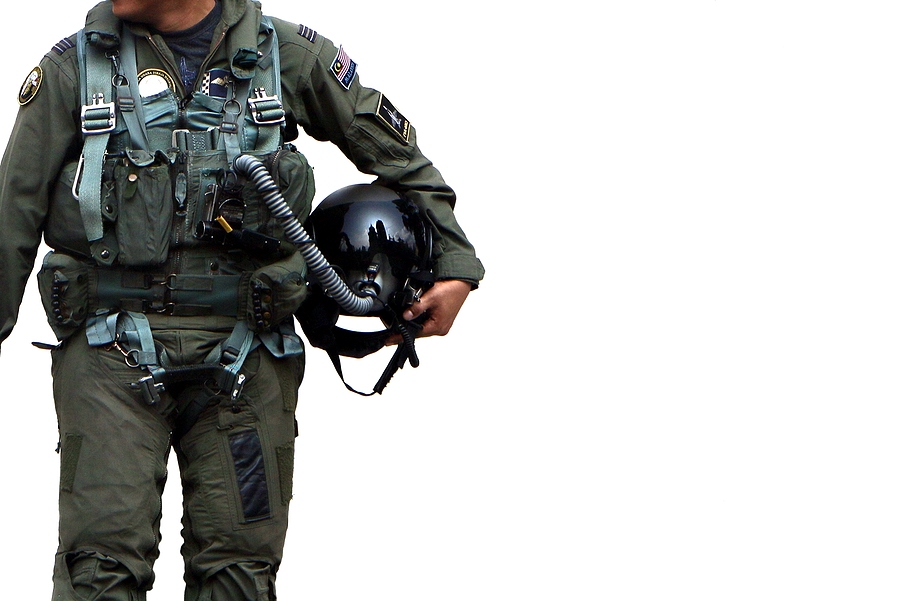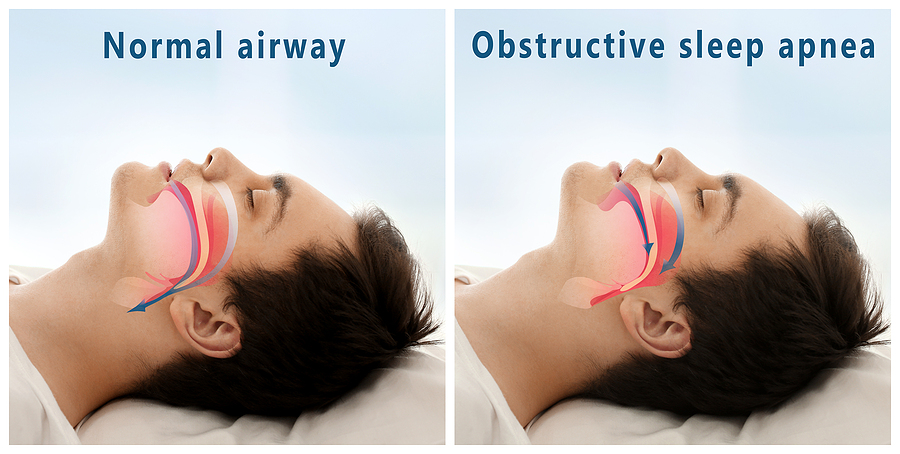Let’s get right to the chase. You can get any class of FAA medical certificate if you have diabetes and use insulin.
If you have diabetes and want more information, the FAA’s website describes the requirements in excruciating detail. This post is more about the history and thought process that went into making the policy.
Let’s start by laying some groundwork. Diabetes is a medical condition that results when the body is unable to process energy contained in glucose circulating in the bloodstream. Under normal conditions, the pancreas produces a substance called insulin that enables cells to use glucose as fuel. If the pancreas doesn’t make enough insulin or cells can’t recognize it, glucose levels in the blood rise, and cells starve. High glucose levels can eventually cause heart and circulatory problems, nerve issues, loss of eyesight, and kidney damage. Glucose-hungry cells result in mental impairment, seizures, and even unconsciousness and death. Obviously, none of those things are good qualities in a pilot.
There are two types of diabetes. Type 1 diabetes occurs when the pancreas doesn’t produce enough insulin. It is usually diagnosed earlier in life and is often related to genetics. It requires frequent insulin injections to treat. Type 2 diabetes occurs when cells can’t use glucose because they don’t recognize insulin. It is generally diagnosed later in life and is often related to obesity and diet. Many cases can be treated with oral medications, but more severe ones also require insulin injections.
Many Type 2 diabetics are treated with oral medications that lower blood glucose levels and allow cells to use glucose effectively. Oral medications generally keep glucose levels stable throughout the day. Insulin is a bit trickier. Type 1 diabetics and those with more severe type 2 diabetes require insulin injections multiple times per day. If the dose is too high, it can cause blood glucose to go so low that there isn’t enough for the brain and other organs to use when they need it. That can cause seizures, coma, and death. Again, not good for a pilot.
For that reason, diabetics on insulin need to check their blood sugar levels throughout the day and calculate how much insulin to inject in response. Timing is important too. Throw in some clouds, a bit of turbulence, and a congested terminal area, and managing those injections, much less landing safely becomes challenging, to say the least.
That’s as complicated as the medical discussion is going to get.
Now for the pilot stuff: The FAA considers two questions when making policy about medical conditions. The first is how does the condition affect the safety of the flight? The second is how does the treatment affect the safety of flight?
For many conditions, one question clearly has more influence than the other. Take a common sinus infection or pneumonia. I don’t think anyone would argue that flying when you have a fever, sinus congestion, or can’t breathe effectively is unsafe, but the antibiotics used to treat them have no real effect on one’s ability to safely operate an aircraft. Those conditions are disqualifying, albeit temporarily, because of the condition, not the medication. Now take another common condition like seasonal allergies. For most mild cases, a runny nose probably doesn’t affect the safety of flight in any significant way, but some of the medications used to treat the condition like Benadryl (diphenhydramine) or even Zyrtec (cetirizine) cause sedation. Allergies treated with either of those medications are disqualifying based on the medication, not the condition.
In the case of diabetes treated with insulin, both the condition and the medication have potentially devastating consequences. So much so that the FAA has included it on the list of specifically disqualifying conditions since 1959. The needle started to change a bit in 1996 when the FAA started granting third-class certificates under its special issuance program, but first and second-class certificates for pilots using insulin weren’t considered until very recently[1].
So, what changed? Put simply, our understanding of diabetes and our ability to treat it got better and people with the disease started living longer with fewer large swings in their blood glucose levels. In essence, both the condition and the treatment got safer and the FAA responded to advocacy by the American Diabetes Association (ADA) among others[1]. Since then, about 500 insulin-dependent private pilots have been allowed to fly under a very restrictive special issuance protocol[2].
Even so, nothing significantly changed for commercial pilots. The FAA started considering the issue in 2011. Then in 2015, the FAA announced that it would start issuing medical certificates for insulin-dependent commercial pilots on a case-by-case basis. However, it wasn’t until November 2019 that the FAA published an actual policy on what criteria pilots had to meet in order to win that case-by-case battle[1,2]. The first commercial certificate issued to an insulin-dependent commercial pilot was in April 2020[3] and, according to FAA officials, there are currently less than a handful of pilots flying under its very demanding requirements. Still, the precedent has been set.
Along with nearly a decade of advocacy by the ADA and pilot groups, the change was driven again by advances in diabetes treatment. Modern treatment of diabetes now employs a combination of continuous glucose monitoring and automatic insulin injectors that significantly reduce the need for inflight needle sticks and injections. It also keeps blood glucose levels at much safer and more consistent levels than was ever possible before these technological advances. The result is that both the condition of diabetes and treatment with insulin have yet again become safer.
The FAA still takes both factors just as seriously as it ever did. Before a pilot can be issued a certificate under the new protocol, he/she must demonstrate six months of safe glucose levels, submit a rather long list of laboratory results, and be evaluated by an endocrinologist, cardiologist, and ophthalmologist[4]. Maintaining the certificate is likewise labor intensive and requires a tremendous amount of dedication on the part of the pilot.
All that said, the new policy is life-changing for many potential and current pilots. For some, it means a new possibility of embarking on or continuing, their pursuit of aviation for the simple joy of flying. For others, it means the possibility of maintaining their livelihood. Type 2 diabetes is often diagnosed in a pilot’s 40s or 50s when they’ve finally reached their peak earning potential and proficiency. For them, safely staying in the cockpit can mean millions. For all pilots, the FAA’s policy regarding diabetes is a great illustration of its willingness to incorporate new information into its decision-making and just one example of how you might be technically disqualified, but still, be able to safely take to the skies.
References:
[1] Pilots with Diabetes | ADA. Accessed April 9, 2021. https://www.diabetes.org/resources/know-your-rights/discrimination/employment-discrimination/pilots-with-diabetes
[2] Federal Register :: Special-Issuance Medical Certification: Diabetes Protocol for Applicants Seeking To Exercise Airline Transport, Commercial, or Private Pilot Privileges. Accessed April 9, 2021. https://www.federalregister.gov/documents/2019/11/07/2019-24150/special-issuance-medical-certification-diabetes-protocol-for-applicants-seeking-to-exercise-airline
[3] Celebrating the First Commercial Pilot with Type 1 Diabetes. Accessed April 9, 2021. https://beyondtype1.org/commercial-pilot-diabetes/
[4] Guide for Aviation Medical Examiners. Accessed April 9, 2021. https://www.faa.gov/about/office_org/headquarters_offices/avs/offices/aam/ame/guide/dec_cons/disease_prot/itdm/





